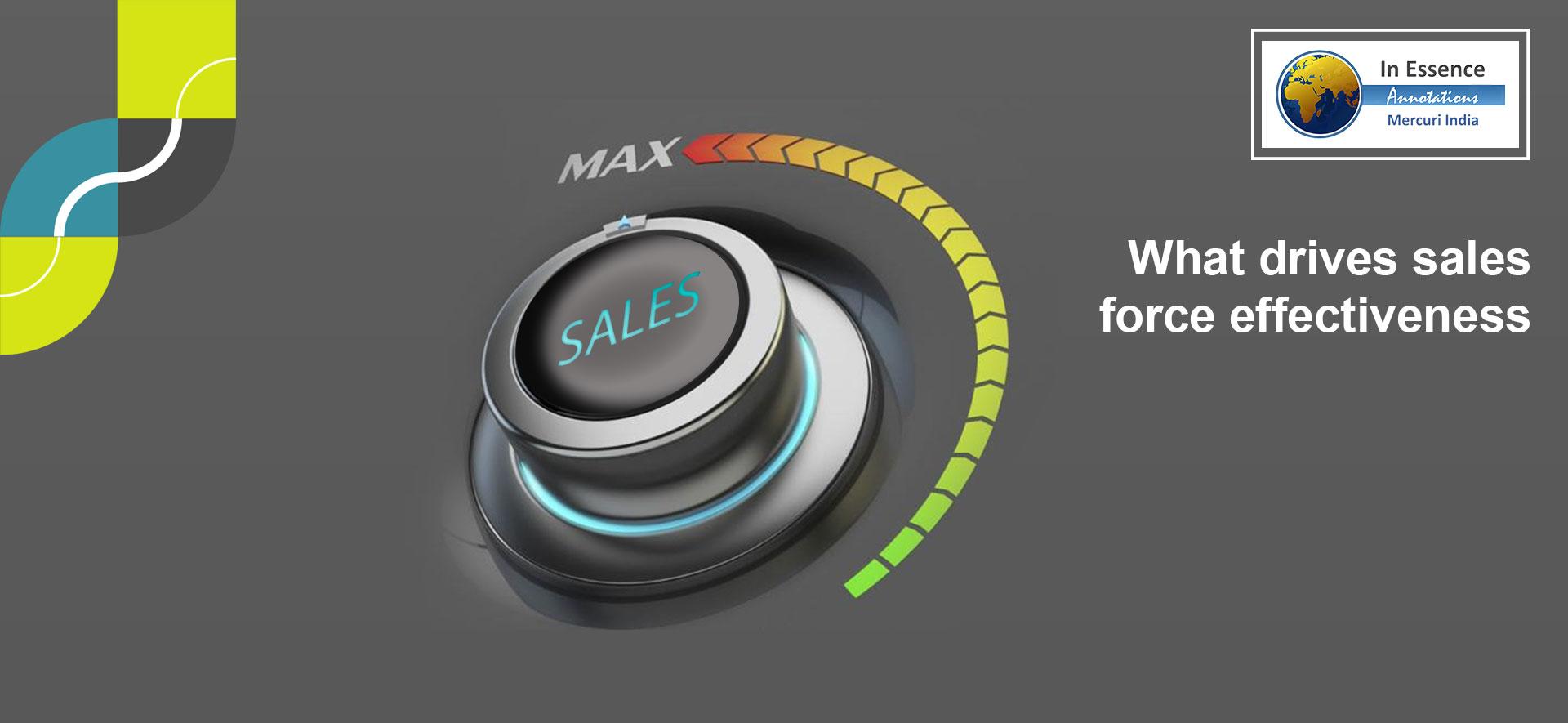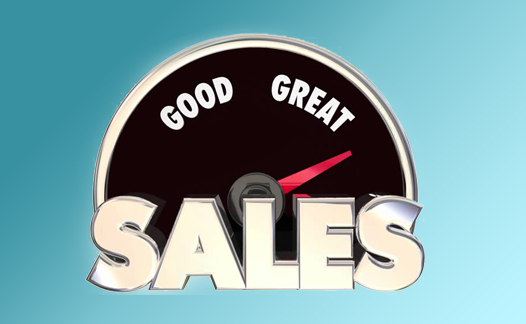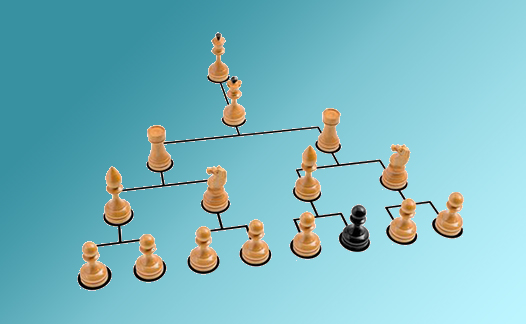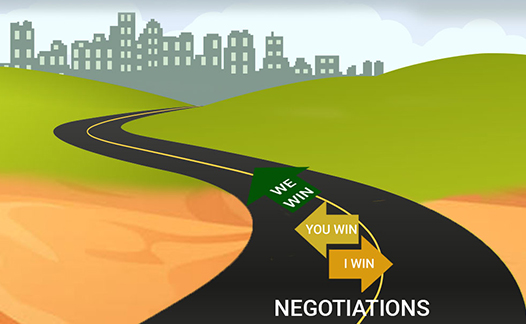What drives sales force effectiveness
What drives sales force effectiveness
World over, companies spend humungous amounts of money on their sales force. Do those spends make their sales force effective? A Kellogg’s Insight article titled Sales Force Effectiveness based on the research of Andris A. Zoltners, Prabhakant Sinha and Sally E. Lorimer tries to answer this conundrum.
Zoltners and his team surveyed sales professionals on what makes a sales force effective. They pored over published articles on sales force issues. Then they synthesized the insights picked up from the surveys and published content. What emerged was a Sales Force Effectiveness Framework (SFEF)
The framework recognizes that a company typically responds to pressures from multiple sources such as Customers, competition and external macroeconomic factors. These responses translate into a sales and marketing strategy, which eventually influences the entire life cycle of sales. Accordingly, the SFEF reveals:
- 5 categories of ‘drivers’ that determine sales force effectiveness.
- Under each category, lists the sales management decision clusters or drivers, as shown below
- Specifies Salespersons’ needs met by these clusters
1. Definers
Sales force design | Structure and roles | Sales force size Territory alignment
Needs met: Clarity of roles and territories. Fuzziness and ambiguity in ‘definers’ underlies poor performance.
2. Shapers
Hiring | Training | Coaching | Culture elements | Leadership | Sales leadership | Compensation and incentives
Needs met: Create the skills, capabilities and values necessary for success.
3. Enlighteners
Customer research | Data and tools | Customer relationship management
Needs met: Equip the sales force with knowledge and insights into Customer behavior.
4. Exciters
Culture | Leadership | Incentives | Motivation programs | Meaningful work
Needs met: Going beyond hygiene needs, inspiring the sales force to excel
5. Controllers
Culture | Sales leadership | Compensation and incentives | Performance measurement and management | Goal setting and forecasting | Coordination and communication
Needs met: Steering sales performance towards specific goals
Interestingly, some drivers find a place in more than one cluster. ‘Compensation and incentives’, for example, figure under both ‘Shapers’ and ‘Controllers’. This could be because these drivers meet multiple needs of salespersons. They are required together with hiring, training, coaching etc. not only to attract sales people, but also to steer their behavior towards preset goals.
Applying SFEF to real life sales
The article mentions success stories in applying the SFEF across organizations. Key takeaways:
- Assess the effectiveness-quotient of every driver
- Identify opportunities for high impact improvements
- Implement an improvement plan and monitor progress
The results of these exercises were so encouraging, says the article that SFEF based assessments and improvement plans became a regular feature in those companies.
The article as published in the Kellogg’s Insights page is here.
In Essence annotates published articles of value to the Sales Community. It is an effort to bring insights within reach of Sales Leaders in ways that enable quick assimilation and action. Mercuri International acknowledges the authors and the publications for the insights.










We welcome your comments on "What drives sales force effectiveness"